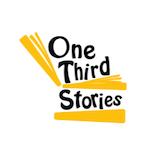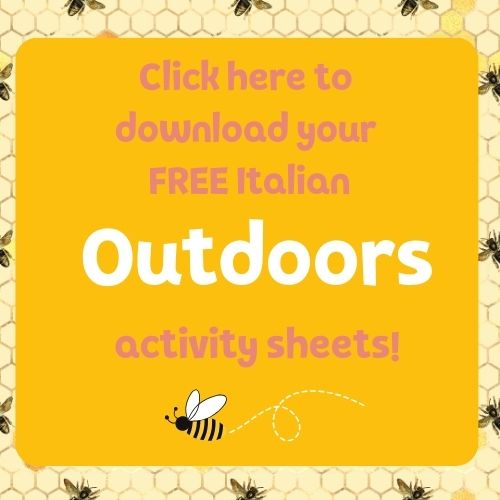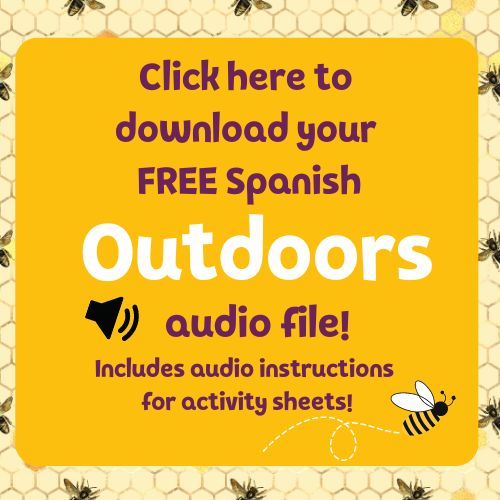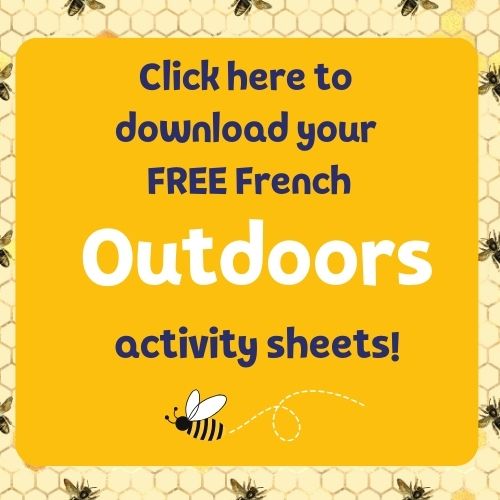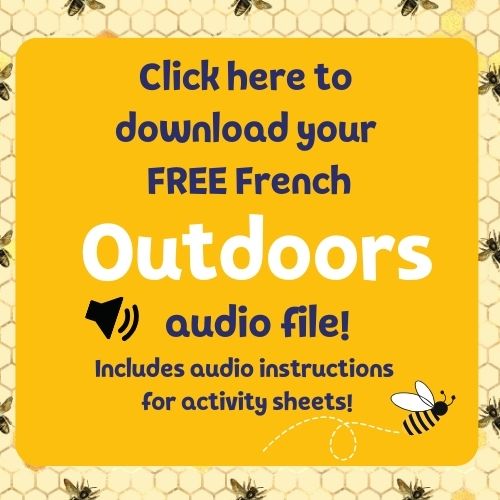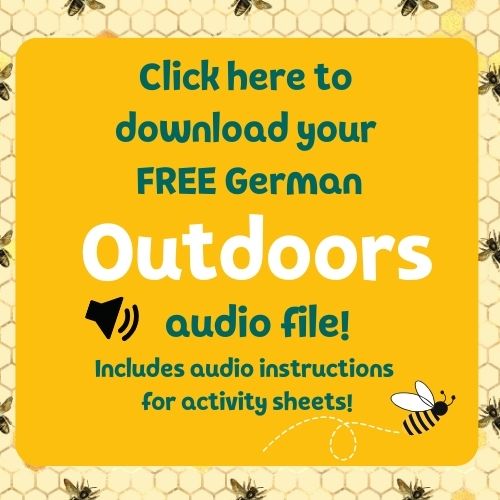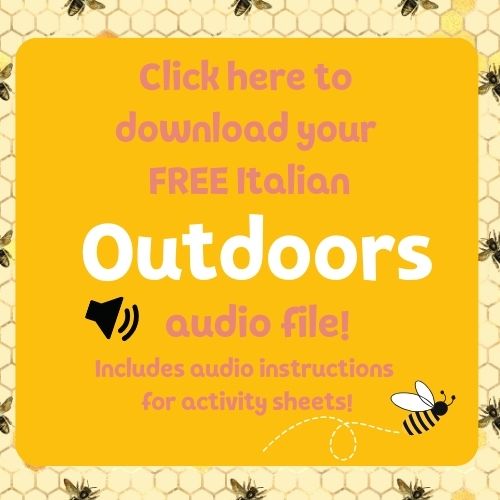
Learning a new language can be an exciting and enriching experience for children, especially when it is combined with engaging, hands-on activities. Research has shown that outdoor activities can significantly enhance language learning by providing a dynamic and stimulating environment for vocabulary acquisition and usage. If you’re already learning a new language with One Third Stories, we think Tilly is a natural fit for exploring the outdoors. If you haven’t started your language journey with us yet, you can find a free outdoor word activity and audio file for pronunciation at the end of this post!
The Benefits of Outdoor Activities for Language Learning
Studies have highlighted several benefits of incorporating outdoor activities into language learning:
- Enhanced Vocabulary and Communication Skills: Natural settings stimulate curiosity and conversation. Children are encouraged to describe, question, and theorize about their surroundings, which promotes language development through dialogue and storytelling.
- Improved Cognitive and Social Skills: Outdoor learning improves concentration, reasoning, and problem-solving skills. It also fosters social interaction, which is crucial for language learning.
- Emotional and Psychological Benefits: Exposure to outdoor environments increases serotonin levels, improving mood and providing a sense of well-being. This creates a supportive learning atmosphere where children feel more confident and motivated to practice new language skills.
How to Use Nature Journals for Language Learning
Nature journals are an excellent tool for combining outdoor exploration with language practice. Here’s how you can use them effectively:
1. Observation and Recording:
- What to Observe: Encourage children to note what they hear, see, smell, and feel during their outdoor adventures.
- Younger Children: They can draw images, use stickers, or create plant rubbings. This helps them engage with their surroundings and start associating words with their experiences.
- Older Children: They can draw images and label them in the new language. This activity enhances their vocabulary and reinforces spelling and grammar.
2. Discussing Observations:
- After recording their observations, have children discuss what they noted. Ask questions to prompt deeper thinking and language use. Here are some simple prompts:
- “What did you see today? Describe it using three words in [new language].”
- “How did the flower feel? Was it smooth or rough?”
- “What sounds did you hear? Can you describe them in the new language?”
- Encourage children to describe their drawings with adjectives in the new language and make comparisons between two or more natural objects. For example, “Which leaf is bigger? Describe the differences.”
3. Connecting to Stories:
- Encourage children to make connections to any stories they have heard or read. This can help them use narrative skills and incorporate new vocabulary into their storytelling.
4. Creative Storytelling:
- Use the journals as a springboard for oral or written creative storytelling. Children can create stories about their observations, using as many words in the new language as possible. This reinforces vocabulary and encourages imaginative use of language.
Practical Tips for Nature Journals
Nature journals can be simple or sophisticated, depending on your preference and resources:
- Simple Journals: Use notebooks or single sheets of plain paper bound with ribbon. These are easy to carry and can be personalized with drawings and notes.
- High-Tech Options: Use tablets or other devices to record observations. Apps for drawing, taking notes, and even voice recording can make this process engaging and interactive.
Conclusion
Using nature journals to support language learning is a fun and effective way to help children connect new vocabulary to real-world experiences. This approach not only makes learning enjoyable but also enhances retention and understanding of the new language. By integrating outdoor activities with reflective journalism, parents can create a rich, immersive learning environment that fosters both language development and a love for nature. So, grab a journal and start exploring the world through a new linguistic lens!



Choose a language
One Third Stories courses are available in French, Spanish, Italian and German.
Select a subscription
Choose between monthly or annual payment options.
Start learning
Receive your first audiobook and Story Box, and let the learning begin!.

Choose a language
Our courses are available in French, Spanish, Italian and German.

Select a subscription
Choose between monthly or annual payment options.

Start learning
Receive your first audiobook and Story Box, and let the learning begin!.
